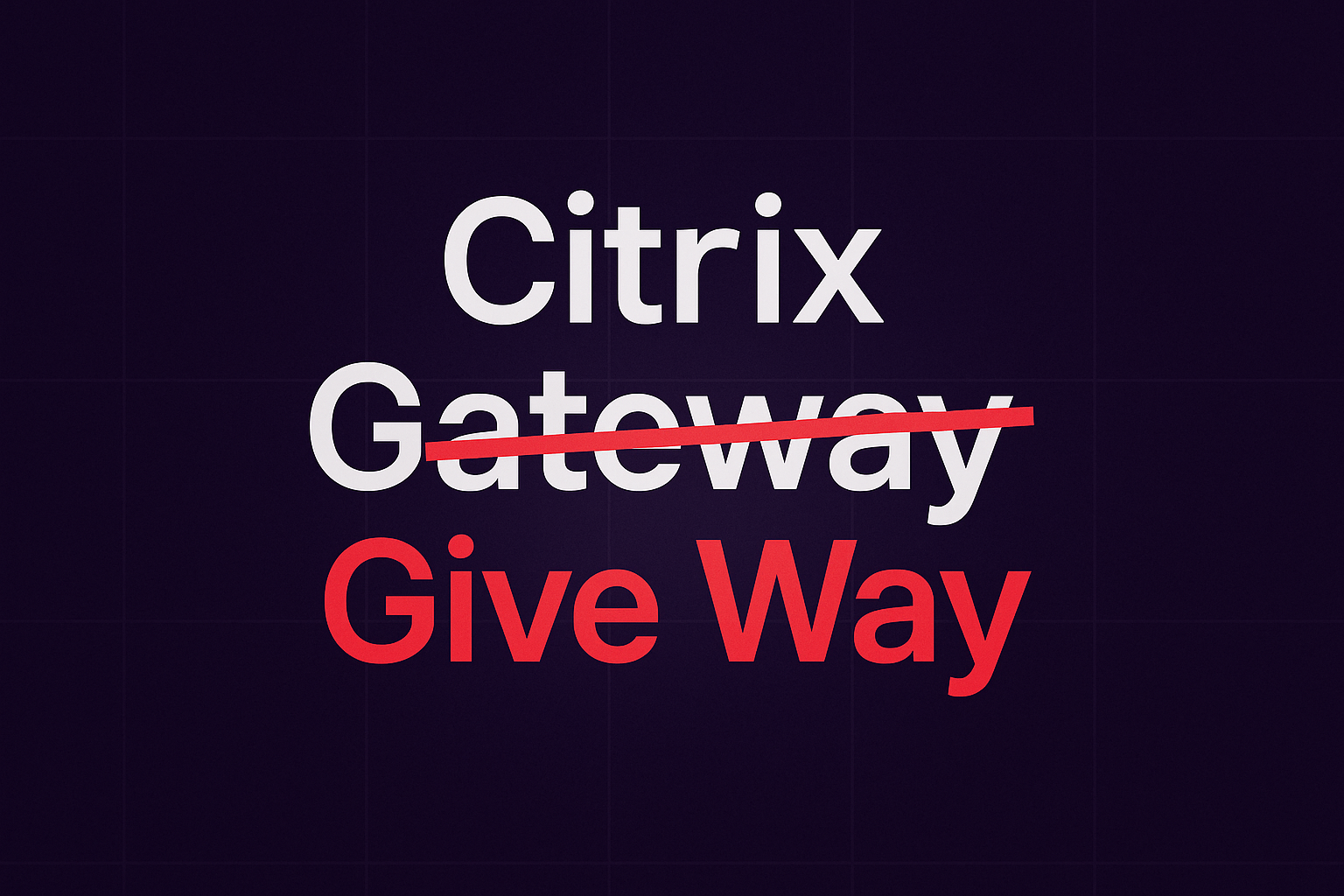Why cyber sovereignty matters in today’s threat landscape
Europe is in the middle of a geopolitical storm. Sabotage of undersea cables disrupts global connectivity, ransomware campaigns are increasingly aligned with state interests, and energy pipelines face coordinated attacks. These are no longer abstract risks but visible reminders that digital infrastructure is the frontline of geopolitical confrontation.
In late 2024, two submarine telecom cables in the Baltic Sea were severed within a day of each other, disrupting regional connectivity. Weeks later, the Estlink 2 power cable between Finland and Estonia was cut, alongside multiple data lines. Investigators linked the damage to a Russian “shadow fleet” tanker dragging its anchor for miles. The Nord Stream pipeline explosions in 2022 demonstrated that Europe’s energy and data lifelines are now legitimate targets.

Sovereignty becomes non-negotiable
Russian state-backed actors and organized cybercriminal gangs are increasingly collaborating, using Ukraine as a proving ground for advanced methods that are now deployed across Europe. These attacks are not random. They are calculated moves in a broader strategy of influence, disruption, and economic pressure. For example, ransomware operations, previously thought of as purely criminal, are often coordinated with nation-state objectives.
In this environment, digital sovereignty is no longer optional. Without it, resilience becomes fragile, compliance quickly collapses, and critical national infrastructure is exposed to risks far beyond the control of its operators.
Europe’s push for resilience
The NIS2 Directive raises the bar significantly for cybersecurity obligations across the EU. It indirectly serves as a sovereignty lever. Among its most important requirements are:
- Strict incident reporting timelines: Initial notification within 24 hours, followed by detailed reports within 72 hours, and final assessments within one month.
- Supply chain accountability: Organizations are now responsible for ensuring that third parties and service providers also adhere to robust security practices.
- Severe penalties: Fines can reach up to €10 million or 2% of global annual turnover, making non-compliance a financial as well as an operational risk.
Many organizations begin with ISO27001 as their foundation for living up to the NIS2 Directive. While this is important, it centers around information security and largely focuses on governance, processes, and policies. The real test comes at the operational level: Can you detect and respond to an attack in real time? If not, this is where the compliance nightmare truly begins.
A strong cybersecurity layer built on frameworks like CIS18 and supported by advanced detection and response tooling helps organizations detect the incidents they are legally required to report. A breach you cannot detect is a breach you cannot disclose, leaving companies exposed to regulatory fines, reputational damage, and operational chaos.
Where ISO27001 dictates that you must have a policy for monitoring logs, CIS18 dictates how to monitor logs continuously, generate alerts, and respond to them. The difference is stark. ISO27001 can help you prepare for an audit. CIS18 can help you survive an attack and meet NIS2 deadlines.
Operational muscle without sovereignty leaves a gap. If your logs and forensic evidence are stored outside Europe, they may be challenged by regulators or tied up in foreign jurisdictional conflicts. Sovereignty ensures that detection, response, and reporting all happen within EU law, making CIS18 not only effective but enforceable. Together, they provide the operational capability and legal certainty needed to achieve real resilience.
What to look for in a sovereign solution
True sovereignty cannot be retrofitted. It must be designed into the DNA of your cybersecurity tools.
When evaluating cybersecurity partners, organizations should ensure that solutions are:
- Governed by EU law: A vendor headquartered in Europe, outside the reach of extraterritorial demands.
- Deployment flexibility: Options for on-premises, cloud, or hybrid, depending on sectoral needs and data classification.
- Operational capabilities: Real-time detection, response, and forensic evidence across logs, network, and endpoints to detect elusive attacks, aligned with CIS18 controls.
- Cultural and regulatory alignment: A partner embedded in the European regulatory environment and committed to shared European values.
These principles ensure that compliance isn’t just a box-ticking exercise, but a pathway to genuine sovereignty and resilience.
At Logpoint, sovereignty is not an afterthought or market expansion play. Since the inception back in 2001, we believed in freedom of choice and enabling organizations to choose the deployment method that works best for them and their data residency requirements. We have been committed to protecting Europe’s digital backbone, standing shoulder to shoulder with MSSPs, governments, and critical national infrastructure operators.
The lesson is clear. Resilience is the goal, compliance is the EU’s tool, but sovereignty is the foundation. Even the strongest controls risk being undermined by forces outside your control. For European organizations, the next practical step is to map where your security data resides, under whose jurisdiction it falls, and whether your partners are governed by EU law. MSSPs should do the same with their own and customers’ data. Only then can you be certain that your resilience strategy is truly sovereign.



